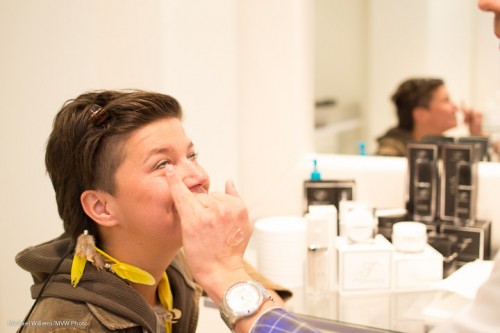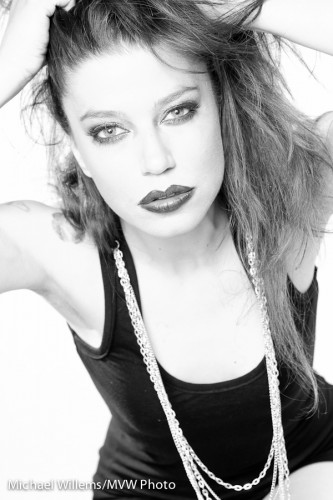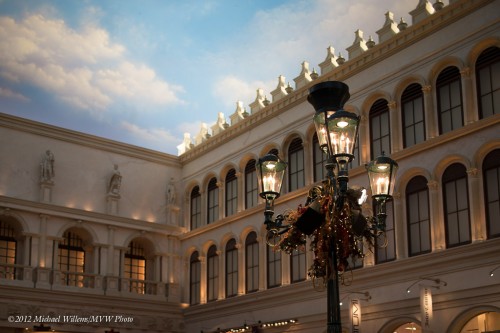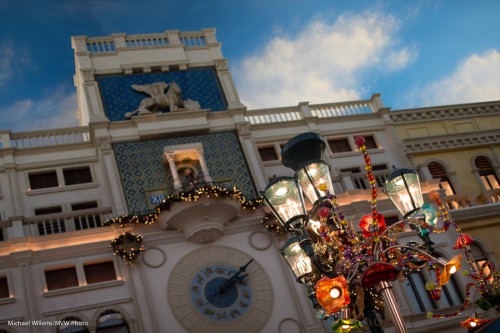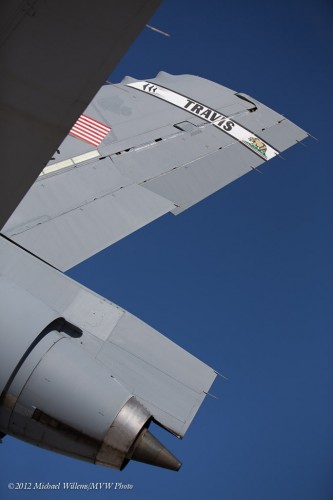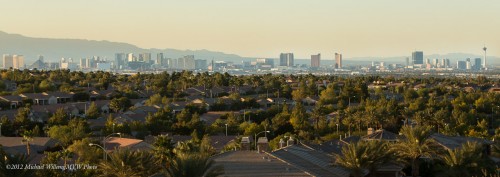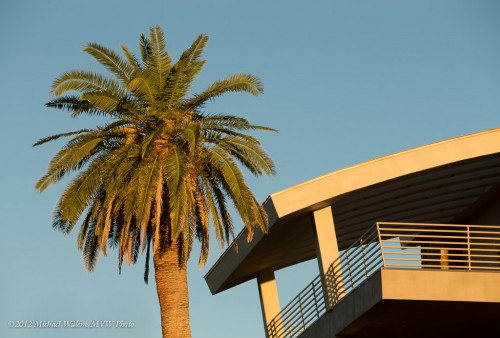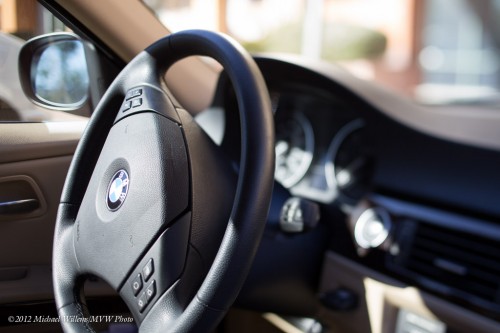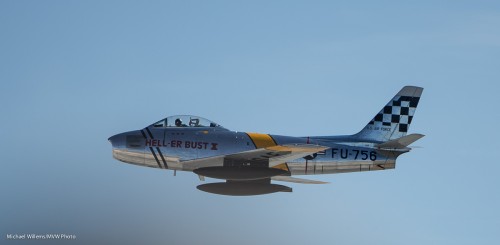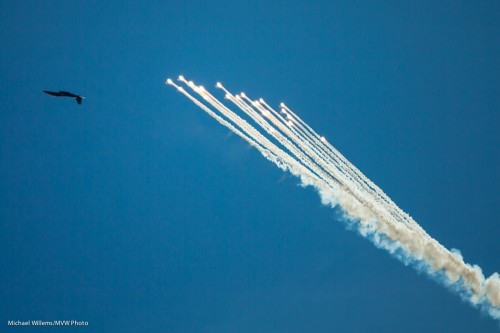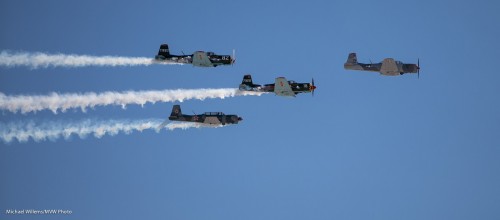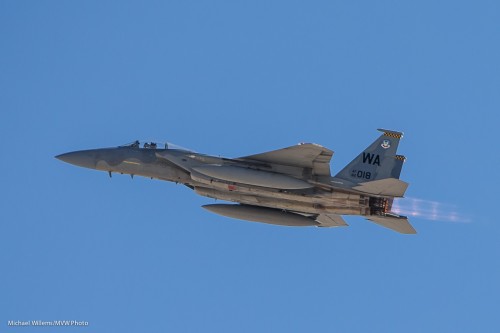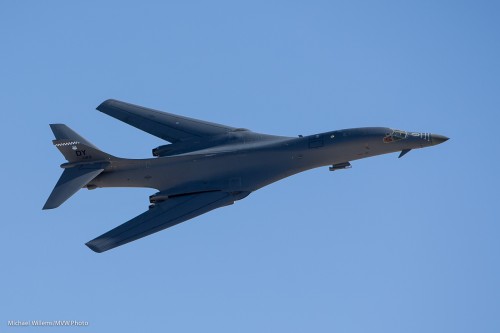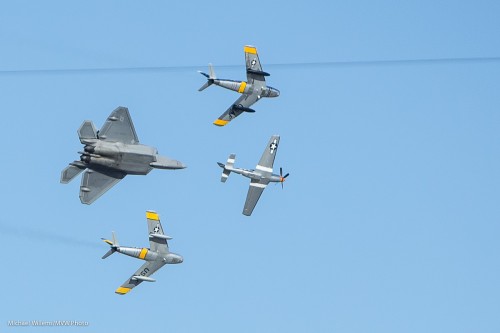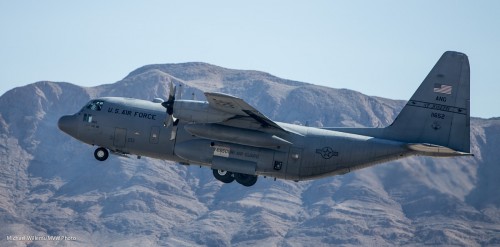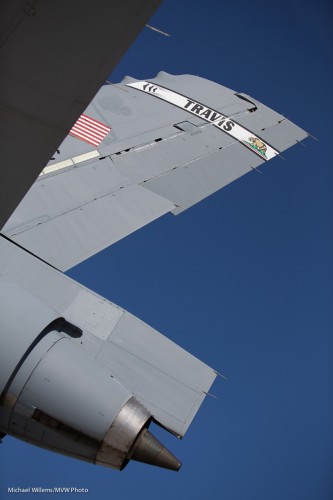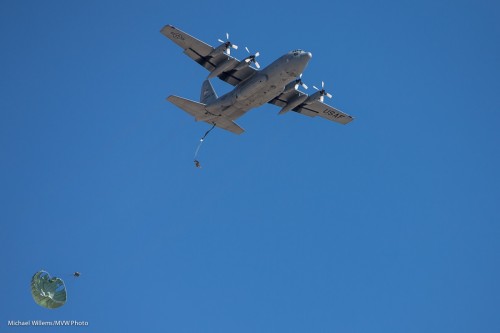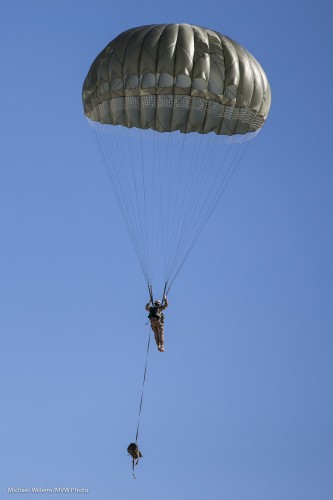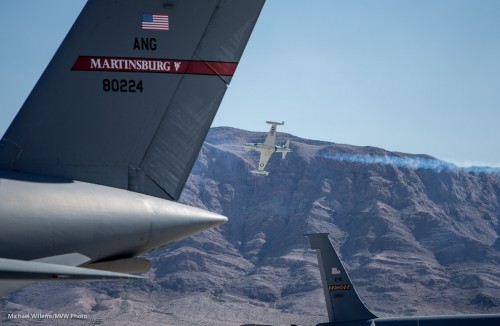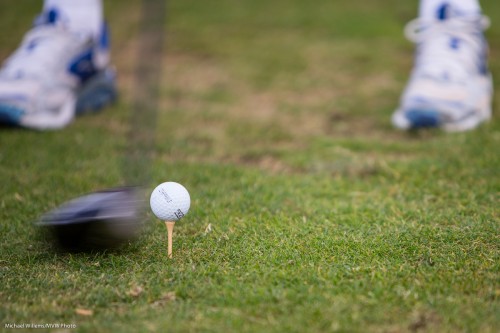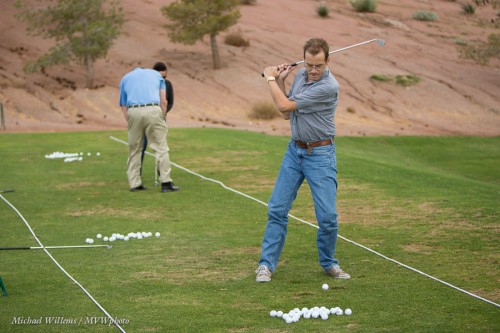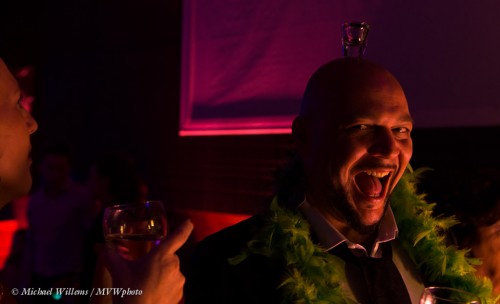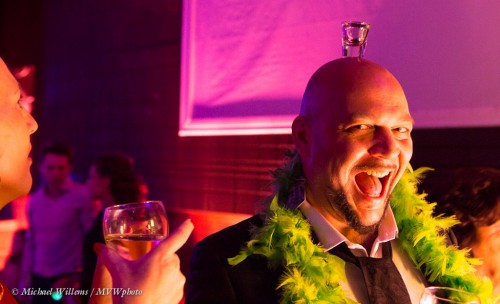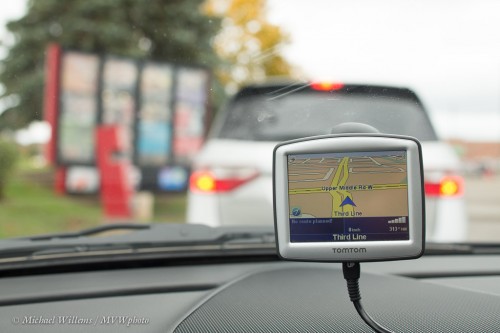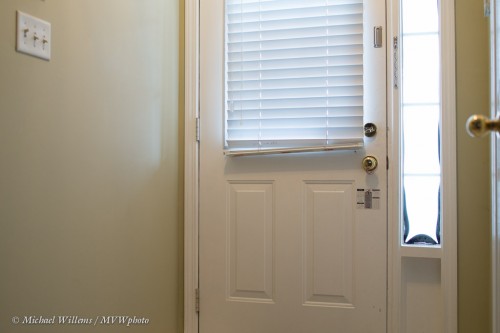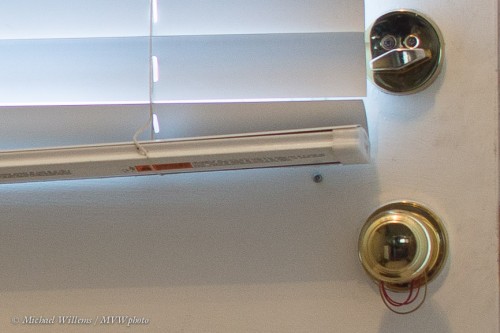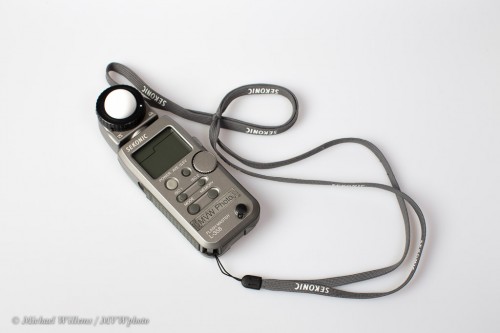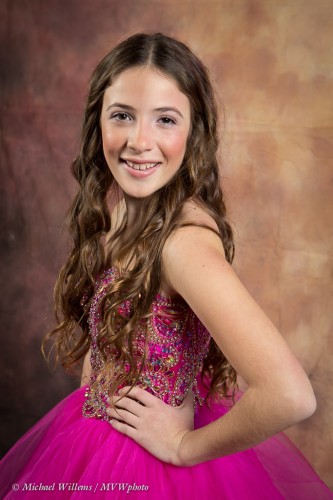If you are an amateur or an emerging pro, be careful before agreeing to shoot an event! Events mark important milestones in life, and they should definitely be photographed. But they are tough. Very tough. Much more difficult than studio shooting.
At a typical event, last night night’s Bat Mitzvah party, I need to get shots like this:

I must get this. No ifs or buts. This is a must-have: the Bat Mitzvah girl’s chair dance.
Alas, the photographer at an event like this is faced with:
- It’s way too dark.
- It’s also too contrasty: spotlights bright, background dark.
- No bounce options in areas with high-dark ceilings.
- Other areas have beams stopping my light.
- Other areas have coloured walls or spotlights.
- You set up for one area and then the action moves quickly to a different area – no time to redo your settings.
- Action is too fast for me to follow.
- You get ready and then the subjects turn away from you just as the important thing is happening!
- In the dark I cannot see my camera’s controls.
- In the dark I cannot autofocus.
- It’s all moving too fast to manually focus.
- No-one tells me when important moments are going to happen – or where!
All these and more – but failure is not an option. That’s why you hire a pro to do it.
In the next weeks I shall touch upon this subject repeatedly, with some techniques to get you started. Unless you are an experienced pro, do not attempt to shoot an event (like a wedding) until you have practiced many times. But anyway, my tips and techniques will help.
Today – what to do when you cannot bounce off a black, high ceiling? Like this:
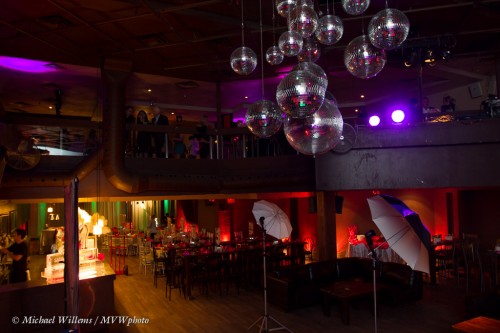
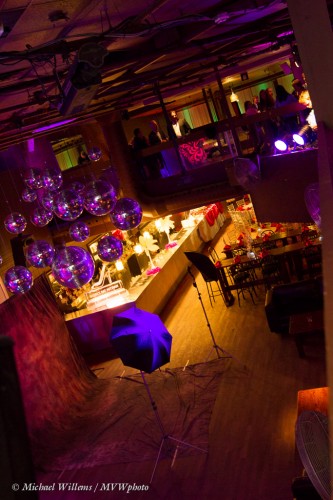
Well you can do sub-optimal stuff, like use a Fong Lightsphere (a useful device to save your behind sometimes, but not creative), or use direct flash. Ouch. Better if you get creative!
On the stage behind me, I had noticed a big projector screen:
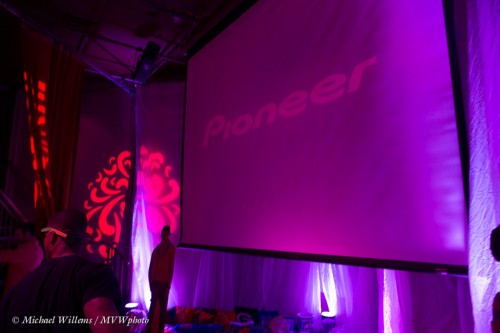
So now I have a solution. Zoom my flash in to 80mm and then aim it behind me, directly at the screen – something like this:
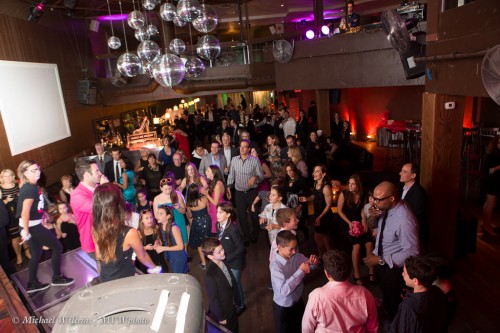
See the bright screen left? Be VERY careful how you aim your speedlight: miss the screen and you have no effect at all.
But if you do it well, you have now solved your problem: a great big softbox on the wall!
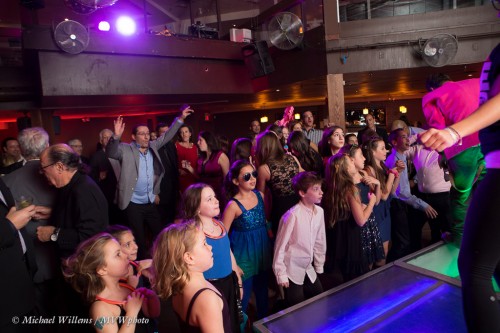
BONUS TECHNIQUE:
One I discovered a while ago by accident. But in retrospect it should have been obvious.
You saw, in the first shots, those disco balls? Aim your flash directly at them and you get great glittery decoration of otherwise humdrum shots:
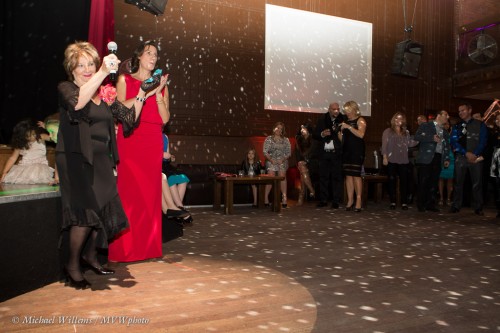
So there’s just two of hundreds of technique points for you – have fun in this festive season! And remember: don’t give up. Photography is problem solving!

